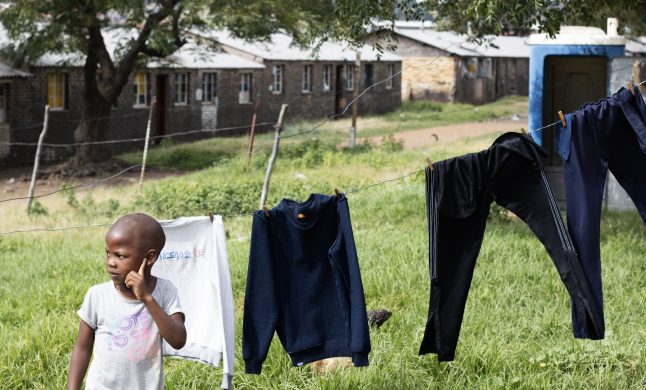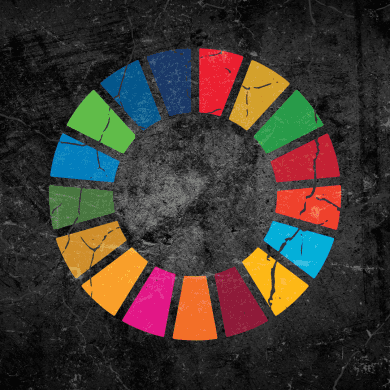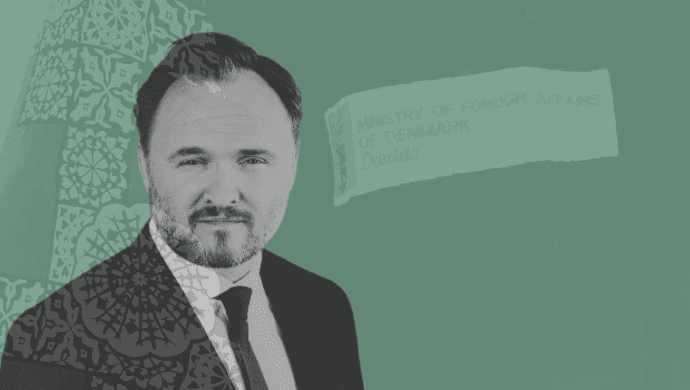GENEVA, 20 January 2016 (UN News Service): Global foreign direct investment (FDI) flows rose by 36 per cent in 2015, reaching their highest levels since the financial crisis (eight years ago), according to a report out Wednesday from the UN Conference on Trade and Development (UNCTAD), which pegged (tilskrev) the increase to a wave of cross-border mergers and acquisitions (opkøb).
The UN agency’s latest Global Investment Trends Monitor shows that foreign investment totalled some 1.7 trillion US dollar.
Increased FDI – investment made by a company or entity based in one country, into a company or entity based in another country – in developed countries was the main factor behind the unexpected spike, with industrialized nations accounting for 55 per cent of global FDI inflows last year.
Se rapporten i dens helhed her
Op, op, op i EU og USA
Strong growth in flows was reported in the European Union (EU) as well as in the United States where FDI quadrupled (firedobledes), although from a historically low level in 2014.
According to the report, developing economies saw their FDI reaching a new high of 741 billion dollar, five per cent higher than in 2014.
Developing Asia, with its FDI flows surpassing half a trillion dollars, remained the largest FDI recipient region in the world, accounting for one third of global FDI flows.
Flows faltered in Africa and Latin America and the Caribbean region (excluding offshore financial centres) reflecting the plummeting prices of their principal commodities exports.
FDI in transition economies also faltered, slipping by 54 per cent amid plummeting commodity prices and regional conflicts.
Sydafrika fik langt færre investeringer end Mozambique
FDI inflows to Africa fell by 31per cent in 2015 to an estimated 38 billion dollar, due largely to a decline of FDI in Sub-Saharan Africa.
Flows to North Africa reversed their downward trend as Egypt saw a
rebound of investment from 4.3 billion in 2014 to an estimated 6.7 billion dollar in 2015. Central Africa and Southern Africa saw the largest declines in FDI.
The end of the commodity “super-cycle” had an impact on resource-seeking FDI.
Flows into Mozambique were down 21 per cent but still notable at an estimated 3.8 billion dollar, while Nigeria saw its FDI decline by 27 per cent to an estimated 3.4 billion as the country was hit hard by the drop in oil prices.
FDI into South Africa fell dramatically, down 74 per cent to 1.5 billion dollar.
FDI flows to Latin America fell again in 2015 (-11per cent) reaching 151 billion dollar.
Slowing domestic demand and a strong terms of trade shock caused by plummeting commodity prices hampered investment in South America. FDI flows to Brazil, the region’s principal recipient, fell 23 per cent to 56
billion.
Inflows were also impacted by the divestment of GVT Participacoes S.A. – a telecommunications provider – by Vivendi S.A. (France) for 9.8 billion dollar to Telefonica Brasil S.A. (Brazil).
The report explained that global FDI growth in 2015 was largely attributed to cross-border merger and acquisitions, which rose by 61 per cent last year.
It goes on to note that only limited contributions from greenfield investment projects – finances used to create a business or facility where none previously existed – in productive assets were recorded, with the total value of greenfield investment projects remaining much the same as in 2014.
Venter nedgang i 2016
Looking ahead, UNCTAD said that barring another wave of merger and acquisition deals and corporate reconfigurations, FDI flows are expected to decline in 2016.
This reflect the fragility of the global economy, volatility of global financial markets, weak aggregate demand and a significant deceleration in some large emerging market economies.
Elevated geopolitical risks and regional tensions could further amplify these economic challenges, said the report.
It added that stagnant greenfield investment globally and outright declines in a number of developing regions suggests that the current upswing in global FDI flows is potentially fragile and exposed to the vagaries of the cross border merger and acquisitions market.
Se også “UN report finds drop in global foreign direct investment in 2014”














